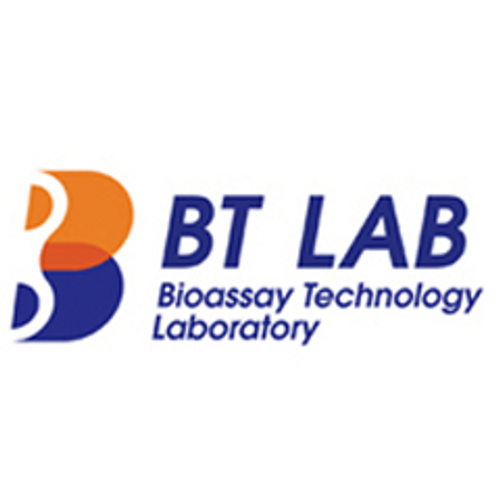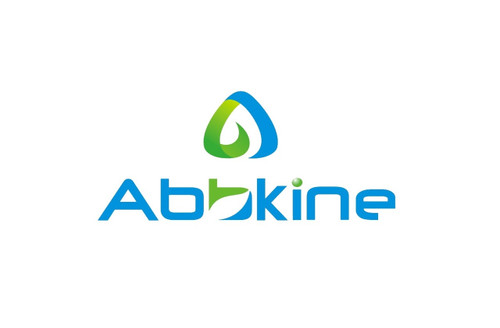Product Description
Human Placenta lactogen (HPL) ELISA Kit | AE61356HU | Abebio
Species Reactivity: Human (Homo sapiens)
Abbreviation: CSH1
Alternative Name: CSA; CSMT; FLJ75407; PL; CS-1|choriomammotropin|chorionic somatomammotropin A|chorionic somatomammotropin hormone 1|hCS-A|placental lactogen
Application: ELISA
Range: 2.5-160 ng/mL
Sensitivity: 0.9 ng/mL
Intra-Assay: ≤6.0%
Inter-Assay: ≤10.8%
Recovery: 1, 09
Sample Type: Serum, Plasma, Other biological fluids
Detection Method: Sandwich
Analysis Method : Quantitive
Test Principale: This assay employs a two-site sandwich ELISA to quantitate CSH1 in samples. An antibody specific for CSH1 has been pre-coated onto a microplate. Standards and samples are pipetted into the wells and anyCSH1 present is bound by the immobilized antibody. After removing any unbound substances, a biotin-conjugated antibody specific for CSH1 is added to the wells. After washing, Streptavidin conjugated Horseradish Peroxidase (HRP) is added to the wells. Following a wash to remove any unbound avidin-enzyme reagent, a substrate solution is added to the wells and color develops in proportion to the amount of CSH1 bound in the initial step. The color development is stopped and the intensity of the color is measured.
Product Overview: Human placental lactogen (HPL), also called human chorionic somatomammotropin, is a polypeptide placental hormone. Its structure and function is similar to that of human growth hormone. It modifies the metabolic state of the mother during pregnancy to facilitate the energy supply of the fetus. HPL is an anti-insulin.HPL consists of 190 amino acids that are linked by two disulfite bonds and is secreted by the syncytiotrophoblast during pregnancy. Its molecular weight is 22, 125. Like human growth hormone HPL is encoded by genes on chromosome 17q22-24. Its biologic half-life is 15 minutes.HPL is only present during pregnancy with maternal serum levels rising in relation to the growth of the fetus and placenta. Maximum levels are reached near term, typically to 5–7 mg/ml. Higher levels are noted in patients with multiple gestation.
Stability: The stability of ELISA kit is determined by the loss rate of activity. The loss rate of this kit is less than 5% within the expiration date under appropriate storage condition. The loss rate was determined by accelerated thermal degradation test. Keep the kit at 37°C for 4 and 7 days, and compare O.D.values of the kit kept at 37°C with that of at recommended temperature. (referring from China Biological Products Standard, which was calculated by the Arrhenius equation. For ELISA kit, 4 days storage at 37°C can be considered as 6 months at 2 - 8°C, which means 7 days at 37°C equaling 12 months at 2 - 8°C) .
 Euro
Euro
 USD
USD
 British Pound
British Pound
 NULL
NULL








